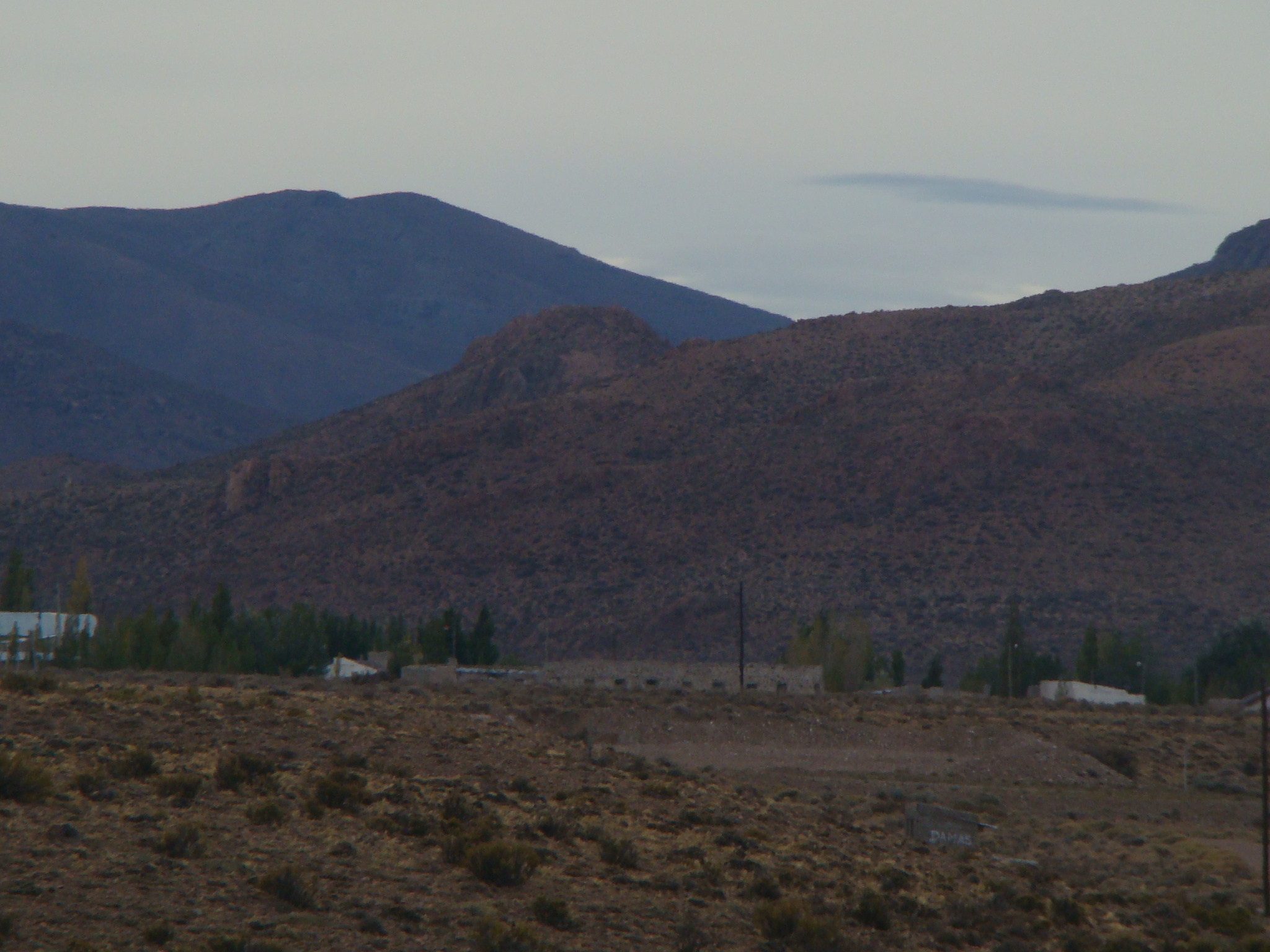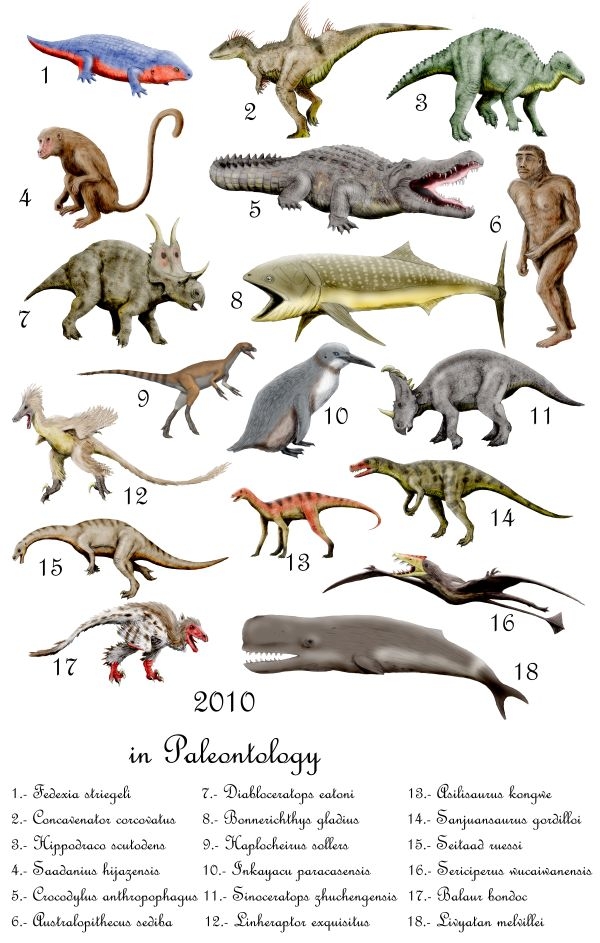|
Guiomys
''Guiomys'' is an extinct genus of cavioid rodent which lived in west central Patagonia of Argentina (Collón Curá Formation), Bolivia (Honda Group) and Peru ( Yahuarango Formation) during the Middle Miocene ( Laventan).''Guiomys'' at .org ''Guiomys'' is known from mandibular and ry fragments with molars, and isolated cheek teeth. It was first named by María E. Pérez in |
Collón Curá Formation
The Collón Curá Formation ( es, Formación Collón Curá) is a Middle Miocene fossiliferous geological formation of the southern Neuquén Basin in northwestern Patagonia and the western Cañadón Asfalto Basin of central Patagonia, Argentina. The formation crops out from the southern Neuquén Province, the western Río Negro Province to the northern Chubut Province. The formation, with a maximum thickness of , comprises tuffs and sandstones with minor siltstones, marls and limestones, deposited in a fluvial, deltaic and shallow to deep lacustrine environment in small basins separated by faults. The formation dates from the Langhian to earliest Tortonian epochs of the Middle to Late Miocene, typically Colloncuran. The Collón Curá Formation is named after Estancia Collón Curá (1 on the map in the infobox) along the Collón Curá River (2), a tributary of the Limay River in the Río Negro watershed, and lends its name to the Colloncuran, one of the South Amer ... [...More Info...] [...Related Items...] OR: [Wikipedia] [Google] [Baidu] |
Laventan
The Laventan ( es, Laventense) age is a period of geologic time (13.8 to 11.8 Ma) within the Middle Miocene epoch of the Neogene, used more specifically within the SALMA classification in South America. It follows the Colloncuran and precedes the Mayoan age.Madden et al., 1997 Etymology The age is named after the Miocene Lagerstätte La Venta, where a rich biodiversity from the Middle Miocene has been recovered from the Honda Group. Formations Fossil content Correlations The Laventan (13.8 to 11.8 Ma) correlates with: * NALMA ** latest Barstovian (15.97-13.65 Ma)Barstovian at .org ** early [...More Info...] [...Related Items...] OR: [Wikipedia] [Google] [Baidu] |
Cañadón Asfalto Basin
The Cañadón Asfalto Basin ( es, Cuenca de Cañadón Asfalto) is an irregularly shaped sedimentary basin located in north-central Patagonia, Argentina. The basin stretches from and partly covers the North Patagonian Massif in the north, a high forming the boundary of the basin with the Neuquén Basin in the northwest, to the Cotricó High in the south, separating the basin from the Golfo San Jorge Basin. It is located in the southern part of Río Negro Province and northern part of Chubut Province. The eastern boundary of the basin is the North Patagonian Massif separating it from the offshore Valdés Basin and it is bound in the west by the Patagonian Andes, separating it from the small Ñirihuau Basin. The basin started forming in the Early Jurassic, with the break-up of Pangea and the creation of the South Atlantic, when extensional tectonics, including rifting, formed several basins in eastern South America and southwestern Africa. The accommodation space in the Cañadón As ... [...More Info...] [...Related Items...] OR: [Wikipedia] [Google] [Baidu] |
Cavioidea
Caviomorpha is the rodent infraorder or parvorder that unites all New World hystricognaths. It is supported by both fossil and molecular evidence. The Caviomorpha was for a time considered to be a separate order outside the Rodentia, but is now accepted as a genuine part of the rodents. Caviomorphs include the extinct Heptaxodontidae (giant hutias) and extant families of chinchilla rats, hutias, guinea pigs and the capybara, chinchillas and viscachas, tuco-tucos, agoutis, pacas, pacaranas, spiny rats, New World porcupines, coypu and octodonts (Vassallo and Antenucci, 2015). Origin The first known rodent fossils in South America are represented by the three taxa ''Cachiyacuy contamanensis'', ''C. kummeli'', and ''Canaanimys maquiensis'', as well as teeth from ''Eobranisamys'' sp. (Dasyproctidae) and ''Eospina'' sp., the latter two found also in the Santa Rosa fauna from the late Eocene or early Oligocene. By the late Oligocene, all superfamilies and most families of caviom ... [...More Info...] [...Related Items...] OR: [Wikipedia] [Google] [Baidu] |
Miocene Rodents
The Miocene ( ) is the first geological epoch of the Neogene Period and extends from about (Ma). The Miocene was named by Scottish geologist Charles Lyell; the name comes from the Greek words (', "less") and (', "new") and means "less recent" because it has 18% fewer modern marine invertebrates than the Pliocene has. The Miocene is preceded by the Oligocene and is followed by the Pliocene. As Earth went from the Oligocene through the Miocene and into the Pliocene, the climate slowly cooled towards a series of ice ages. The Miocene boundaries are not marked by a single distinct global event but consist rather of regionally defined boundaries between the warmer Oligocene and the cooler Pliocene Epoch. During the Early Miocene, the Arabian Peninsula collided with Eurasia, severing the connection between the Mediterranean and Indian Ocean, and allowing a faunal interchange to occur between Eurasia and Africa, including the dispersal of proboscideans into Eurasia. During the late ... [...More Info...] [...Related Items...] OR: [Wikipedia] [Google] [Baidu] |
Mandibula
In anatomy, the mandible, lower jaw or jawbone is the largest, strongest and lowest bone in the human facial skeleton. It forms the lower jaw and holds the lower teeth in place. The mandible sits beneath the maxilla. It is the only movable bone of the skull (discounting the ossicles of the middle ear). It is connected to the temporal bones by the temporomandibular joints. The bone is formed in the fetus from a fusion of the left and right mandibular prominences, and the point where these sides join, the mandibular symphysis, is still visible as a faint ridge in the midline. Like other symphyses in the body, this is a midline articulation where the bones are joined by fibrocartilage, but this articulation fuses together in early childhood.Illustrated Anatomy of the Head and Neck, Fehrenbach and Herring, Elsevier, 2012, p. 59 The word "mandible" derives from the Latin word ''mandibula'', "jawbone" (literally "one used for chewing"), from '' mandere'' "to chew" and ''-bula'' ( ... [...More Info...] [...Related Items...] OR: [Wikipedia] [Google] [Baidu] |
Maxilla
The maxilla (plural: ''maxillae'' ) in vertebrates is the upper fixed (not fixed in Neopterygii) bone of the jaw formed from the fusion of two maxillary bones. In humans, the upper jaw includes the hard palate in the front of the mouth. The two maxillary bones are fused at the intermaxillary suture, forming the anterior nasal spine. This is similar to the mandible (lower jaw), which is also a fusion of two mandibular bones at the mandibular symphysis. The mandible is the movable part of the jaw. Structure In humans, the maxilla consists of: * The body of the maxilla * Four processes ** the zygomatic process ** the frontal process of maxilla ** the alveolar process ** the palatine process * three surfaces – anterior, posterior, medial * the Infraorbital foramen * the maxillary sinus * the incisive foramen Articulations Each maxilla articulates with nine bones: * two of the cranium: the frontal and ethmoid * seven of the face: the nasal, zygomatic, lacrimal, ... [...More Info...] [...Related Items...] OR: [Wikipedia] [Google] [Baidu] |
2010 In Paleontology
Plants Angiosperms Molluscs Newly named bivalves Arthropods Fishes Amphibians Newly named amphibians Basal reptiles Newly named basal reptiles Ichthyopterygians Newly named ichthyopterygians Lepidosauromorphs Newly named plesiosaurs Newly named basal lepidosaurs Newly named lizards Newly named snakes Turtles Newly named turtles Archosauromorphs Newly named basal archosauromorphs Archosaurs Synapsids Newly named non-mammalian synapsids Mammals Other animals Footnotes Complete author list As science becomes more collaborative, papers with large numbers of authors are becoming more common. To prevent the deformation of the tables, these footnotes list the contributors to papers that erect new genera and have many authors. References {{Reflist, 2 2010 in paleontology, ... [...More Info...] [...Related Items...] OR: [Wikipedia] [Google] [Baidu] |
Hystricognath Rodents
The Hystricognathi are an infraorder of rodents, distinguished from other rodents by the bone structure of their skulls. The masseter medialis (a jaw muscle) passes partially through a hole below each eye socket (called the infraorbital foramen) and connects to the bone on the opposite side. This, together with their lack of an infraorbital plate and the relative size of the infraorbital foramen, distinguishes hystricognaths from other rodent groups. The 18 families within the Hystricognathi are divided into two parvorders, the Phiomorpha and the Caviomorpha. The Caviomorpha are mostly native to South America, with a few species in the Caribbean and North America, while the Phiomorpha occur in the Old World. Behavior Play behavior has been observed in seven hystricognath families. The caviomorphs chase each other, play-wrestle, and gallop. The longer-legged species chase more often than the shorter-legged species. They also rotate their heads and body muscles as a form o ... [...More Info...] [...Related Items...] OR: [Wikipedia] [Google] [Baidu] |
Miocene
The Miocene ( ) is the first geological epoch of the Neogene Period and extends from about (Ma). The Miocene was named by Scottish geologist Charles Lyell; the name comes from the Greek words (', "less") and (', "new") and means "less recent" because it has 18% fewer modern marine invertebrates than the Pliocene has. The Miocene is preceded by the Oligocene and is followed by the Pliocene. As Earth went from the Oligocene through the Miocene and into the Pliocene, the climate slowly cooled towards a series of ice ages. The Miocene boundaries are not marked by a single distinct global event but consist rather of regionally defined boundaries between the warmer Oligocene and the cooler Pliocene Epoch. During the Early Miocene, the Arabian Peninsula collided with Eurasia, severing the connection between the Mediterranean and Indian Ocean, and allowing a faunal interchange to occur between Eurasia and Africa, including the dispersal of proboscideans into Eurasia. During the la ... [...More Info...] [...Related Items...] OR: [Wikipedia] [Google] [Baidu] |
Miocene Mammals Of South America
The Miocene ( ) is the first geological epoch of the Neogene Period and extends from about (Ma). The Miocene was named by Scottish geologist Charles Lyell; the name comes from the Greek words (', "less") and (', "new") and means "less recent" because it has 18% fewer modern marine invertebrates than the Pliocene has. The Miocene is preceded by the Oligocene and is followed by the Pliocene. As Earth went from the Oligocene through the Miocene and into the Pliocene, the climate slowly cooled towards a series of ice ages. The Miocene boundaries are not marked by a single distinct global event but consist rather of regionally defined boundaries between the warmer Oligocene and the cooler Pliocene Epoch. During the Early Miocene, the Arabian Peninsula collided with Eurasia, severing the connection between the Mediterranean and Indian Ocean, and allowing a faunal interchange to occur between Eurasia and Africa, including the dispersal of proboscideans into Eurasia. During the late ... [...More Info...] [...Related Items...] OR: [Wikipedia] [Google] [Baidu] |
Fossilworks
Fossilworks is a portal which provides query, download, and analysis tools to facilitate access to the Paleobiology Database, a large relational database assembled by hundreds of paleontologists from around the world. History Fossilworks was created in 1998 by John Alroy and is housed at Macquarie University. It includes many analysis and data visualization tools formerly included in the Paleobiology Database.{{cite web, title=Frequently asked questions, url=http://www.fossilworks.org/cgi-bin/bridge.pl?page=FAQ, publisher=Fossilworks, access-date=17 December 2021 References {{Reflist External links {{Wikidata property, P842 * [Baidu] |







